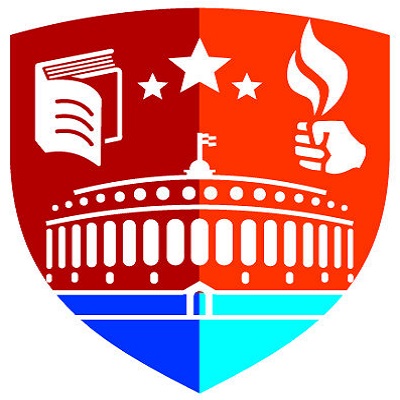Reform measures undertaken by the government will be meaningful only when concerted efforts at communicating it to the targeted beneficiaries are also made. Substantiate with suitable examples.
Refer – Live mint

IAS Parliament 8 years
KEY POINTS
· When the government launches a new scheme or policy, it reaches general public through notifications and press releases.
· At the Centre, such information of new schemes are imparted through the Press Information Bureau (PIB) and at the state level; announcements are usually put up on websites of government departments.
· These websites are mostly inaccessible by the rural people and illiterates.
· Also, most of the information published is not in local languages which aggravate the issue further.
· This resulted in; schemes meant for the deserved does not reached the beneficiary.
Examples
· The use of the single-window system is the most prominent example.
· 75% of state governments claim to have instituted the process, but across India, only 20% of new firms and 41% of experts had respectively used/were aware of the system.
· The uptake of single-window systems among new firms was very low even in large and developed states like Maharashtra and Tamil Nadu.
· Another example has to do with online maps being available on a state government website, providing details about available infrastructure like road, water and electricity.
· Across 28 states surveyed, 15 have set up online maps, but in only two states did over 50% of firms claim to have found/used them.
· Third example, skill development, vocational training, and entrepreneurship skill development schemes were less utilised by youths due to lack of information in rural areas.
Solutions
· The primary sources of information for major public were newspapers (print and online), social media, and television.
· Thus efforts must be made by states to ramp up outreach, ensuring that new policies are advertised through these mediums (including radio).
· This will take information to the common public making them more likely to hear about it.
· Additionally, state governments could set up an entity like the PIB at the state-level, where information about new reforms is published in local languages easily understandable by the common public.
· Since much of the Indian population is now connected online, more direct mechanisms of reaching people through their smartphones (such as apps or messaging services) could be explored.